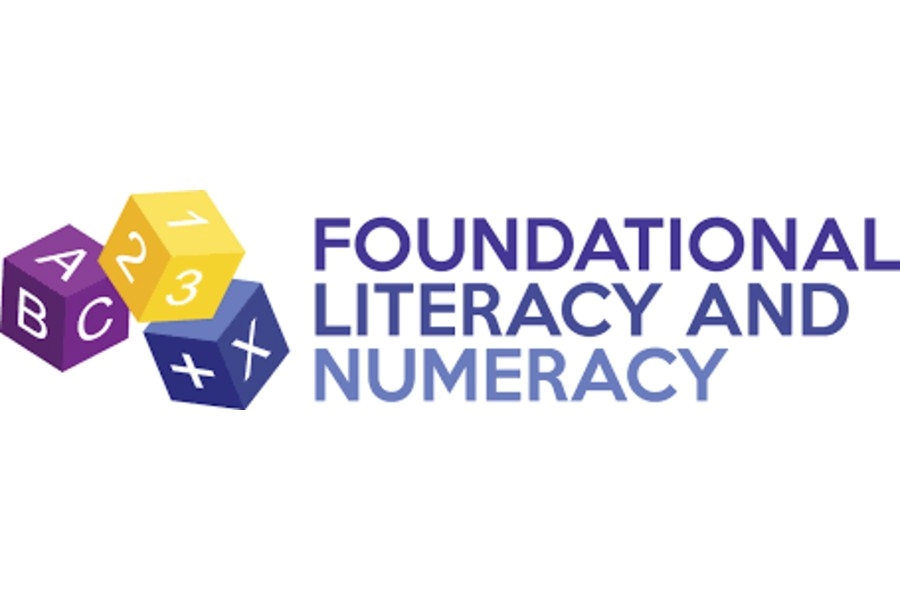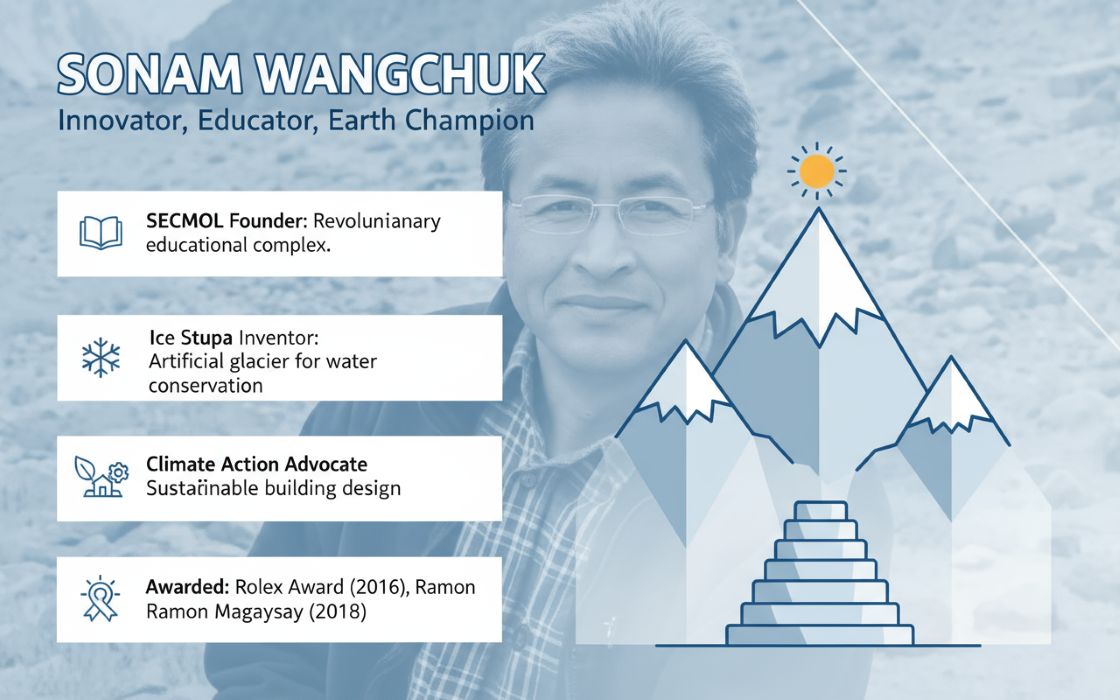Too often, conversations about India’s economic future begin and end with its metropolitan centers. But real progress—equitable, sustainable, and lasting—begins when opportunity reaches those who’ve long been excluded from it. Across Tier 2 and 3 cities, there’s no shortage of ambition or ability—only a lack of access, exposure, and industry connection.
Bridge For Bharat, the flagship initiative of GTT Foundation—established by industry visionaries Dr. Ganesh Natarajan and Dr. Uma Ganesh—is changing that narrative. With a focused mission to empower youth in underserved regions, the program offers far more than skilling. It introduces student-led councils, mentorship from urban professionals, industry-certified training, and tech-enabled learning hubs that place young people at the center of their own growth journey.
In this insightful conversation with TheCSRUniverse, Ms. Padmaraje Patwardhan, Trustee at GTT Foundation, unpacks how Bridge For Bharat is turning untapped potential in Tier 2 and 3 cities into India’s next wave of skilled, future-ready talent. From digital inclusion to grassroots leadership, the initiative is not just creating jobs—it’s shaping changemakers.
Scroll down to read the full interview.
Q&A
Q. As India advances toward a $5 trillion economy, unlocking the potential of youth in Tier 2 and 3 cities is crucial. What key gaps hinder their growth—and how does Bridge For Bharat (B4B) empower them as active drivers of digital and economic progress?
A. India’s skilling ecosystem often lacks tailored outreach to youth in Tier 2 and 3 cities. Gaps include limited exposure, lack of mentorship, absence of career counselling, and no access to internships or industry connection. These systemic gaps keep rural youth away from participating meaningfully in India’s economic journey.
GTT Foundation’s Bridge for Bharat initiative addresses these issues by:
• Bringing mentors and role models to the forefront
• Offering career assessments, behavioral and functional skills training
• Setting up digital labs, subsidized IT courses, and certifications
• Providing access to internships and job placements
This positions youth not as passive beneficiaries but as co-creators of India’s workforce future.
Q. Bridge For Bharat targets 'Dragon Cities'—a distinctive term. What defines a Dragon City, and why are these locations critical for catalyzing India’s next wave of skilled, tech-ready professionals?
A. Dragon Cities are Tier 1 metro hubs with:
• Strong industrial bases and infrastructure
• FDI inflows, SEZ status, and fast-paced growth
• Monopoly over opportunity pipelines
Examples include Mumbai, Pune, Bangalore, Delhi, Surat, Jaipur, and others. B4B targets areas at a distance from these cities, where youth lack access to digital learning, mentorship, and internships. By working with youth outside these zones, B4B taps into India’s hidden reservoir of talent, enabling grassroots economic growth.
Q. Bridge For Bharat’s funded student councils are a key feature. How are they structured to foster leadership, ownership, and ensure inclusion across gender and marginalized groups?
A. Each B4B center hosts a student council of 2 to 4 youth to:
• Represent student needs and feedback
• Promote leadership, inclusion, and ownership
• Maintain a balanced mix of genders, disciplines, and academic years
• Members receive a monthly financial incentive (₹1,000–₹2,000) and drive ground-level engagement.
These councils amplify youth voices and instill a sense of responsibility—promoting youth not just as learners but also as program co-leads.
Q. The initiative connects students from underserved regions with urban professionals and industry mentors through a structured platform. How is this mentorship model implemented, and could you share examples of partnerships or beneficiary journeys that illustrate its cross-regional impact?
A. B4B’s mentorship model uses GTTF’s flagship Mentor Assigning Platform (MAP) and integrates:
• 500+ diverse mentors from industries, peers / youth from Tier 1 cities, alumni networks, and academia
• A cycle-based model where mentees go through 4 mentor types in a year
• A seamless mentorship experience powered by Shikuyaa + Bridge App for live sessions and communication
• Impact stories include mentees transforming through continuous engagement with both urban professionals and local guides.
This model ensures cross-regional impact and role-model learning.
Q. How does Bridge For Bharat ensure its skills and certifications stay aligned with evolving industry needs—especially in high-demand areas like AI, data analytics, and cloud computing?
A. Bridge for Bharat incorporates real-time industry demands by:
• Offering certifications from recognized partners like IBM, SAP, Seed Infotech
• Delivering subsidized digital and IT courses
• Focusing on new-age skills like communication, psychology for success, digital literacy, and personality development
• Curricula are frequently updated with inputs from corporate partners and mentors across 100+ functional areas to ensure relevance in high-demand sectors like AI, EV and IT.
Q. How are you engaging corporates to position Bridge For Bharat as both a CSR investment and a driver of future workforce readiness?
A. GTT Foundation invites corporates to engage via:
• Monetary sponsorships
• Mentorship volunteering
• Content development partnerships
• Internship opportunities
• Direct hiring of trained youth
• Corporates receive branding, CSR visibility, and access to a talent pool, turning their support into both social impact and workforce investment.
Q. In a landscape crowded with skilling programs, how does Bridge For Bharat stand apart—both in approach and in outcome—from government and NGO-led initiatives?
A. Unlike many skilling programs, B4B is:
• Holistic – covering assessment, skills training, mentorship, internships, and placements
• Inclusive – focused on remote and underserved geographies
• Tech-integrated – via platforms like MAP, Shikuyaa, and the Bridge App
• Youth-led – via structured student councils
• Mentor-driven – not just by trainers but by industry leaders, alumni, and community members
This makes B4B a full-spectrum ecosystem rather than a fragmented intervention.
Q. How does Bridge For Bharat tackle digital exclusion while implementing a tech-first model in rural and semi-urban areas?
A. To counter digital access challenges in rural areas, B4B:
• Sets up Digital Labs in colleges with 25+ computers and internet
• Uses hybrid learning models through offline mentorship and recorded content
• Embeds its learning modules into college infrastructure, ensuring continuous access even with poor home connectivity
This strategy allows for tech-first learning without leaving the last-mile youth behind.
Q. Impact in such initiatives is often seen in employment numbers—but beyond placements, what qualitative shifts have you noticed in students’ confidence, aspirations, or entrepreneurial thinking?
A. While employment is a key measurable outcome, the Bridge for Bharat initiative is intentionally designed to bring about deep, qualitative changes in how young people from Tier 2 and Tier 3 cities engage with their own development and future potential. Through structured mentorship, exposure to professional environments, and practical learning, the program aims to build self-confidence, broaden aspirations, and strengthen decision-making abilities.
A significant shift we aim to see is in students' awareness of higher education possibilities, including specialized certifications, global learning platforms, and scholarship opportunities for further studies—many of which were previously unknown or inaccessible to them. Interactions with mentors and peers will help them explore these pathways and take informed steps toward academic or professional advancement.
Internship opportunities will play a crucial role in this transformation. By immersing students in real-world work environments, internships will help them match their aspirations with market realities, understand sector-specific challenges, and gain clarity on career direction. This experience will act as a bridge—leading them toward either employment, higher education, or entrepreneurship depending on their interests and strengths.
Through this journey, students will begin to see that growth is a continuous process—not something defined by a single course or mentorship session. They will understand the importance of ongoing learning, upskilling, and adapting to changes in their chosen fields, whether on the job or through self-learning. This awareness is critical for staying relevant and competitive in today’s dynamic world of work.
In addition, the program introduces financial literacy as a core life skill. Youth will learn about managing money, planning for the future, and the value of saving and investing—essential components of long-term livelihood security and self-reliance.
Overall, we envision students emerging from Bridge for Bharat with stronger clarity, purpose, and adaptability—equipped not only to find jobs but to lead change, build sustainable livelihoods, and uplift their communities along the way.
Q. What is your long-term vision for Bridge For Bharat over the next 5 years? How do you see this initiative evolving to align with India’s national priorities in digital inclusion, rural upliftment, and inclusive economic growth?
A. Over the next 5 years, B4B aims to:
• Expand into more Tier 2 and 3 cities, especially those underserved by current skilling frameworks
• Build a robust rural youth innovation ecosystem
• Scale its mentorship and student council models nationally
• Anchor itself within India’s digital inclusion and rural transformation agendas
It envisions becoming India’s most inclusive and impactful talent development platform, with youth at the center of national progress.

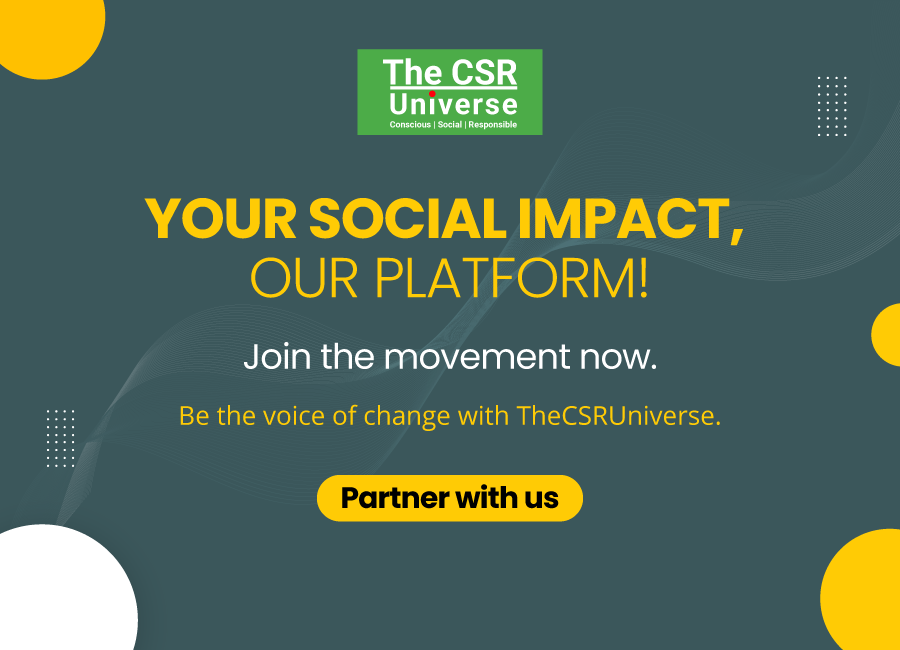


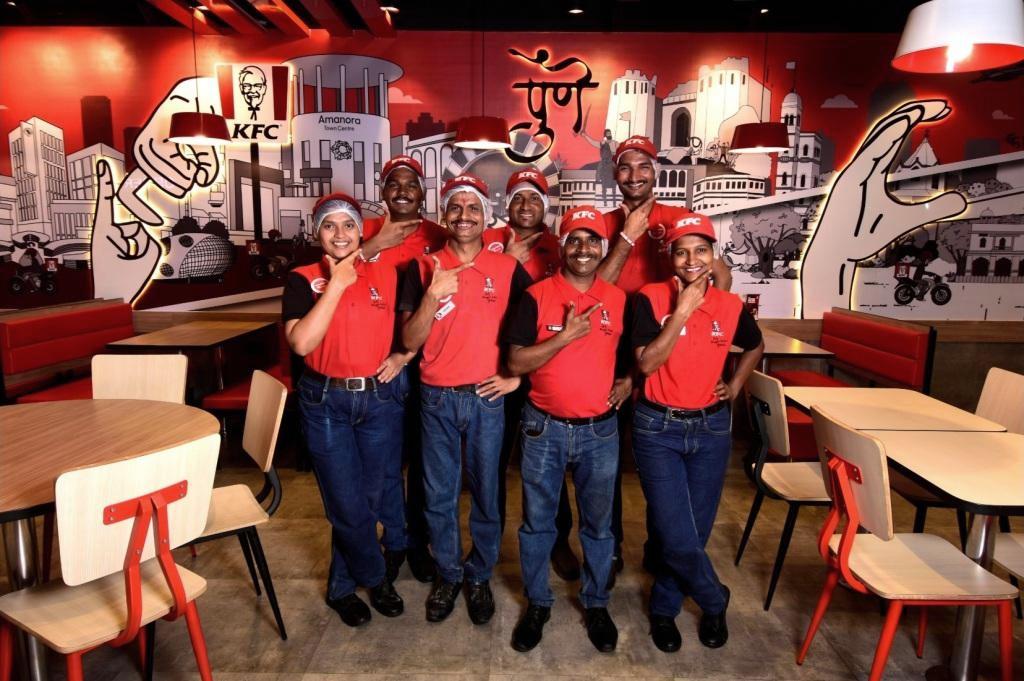

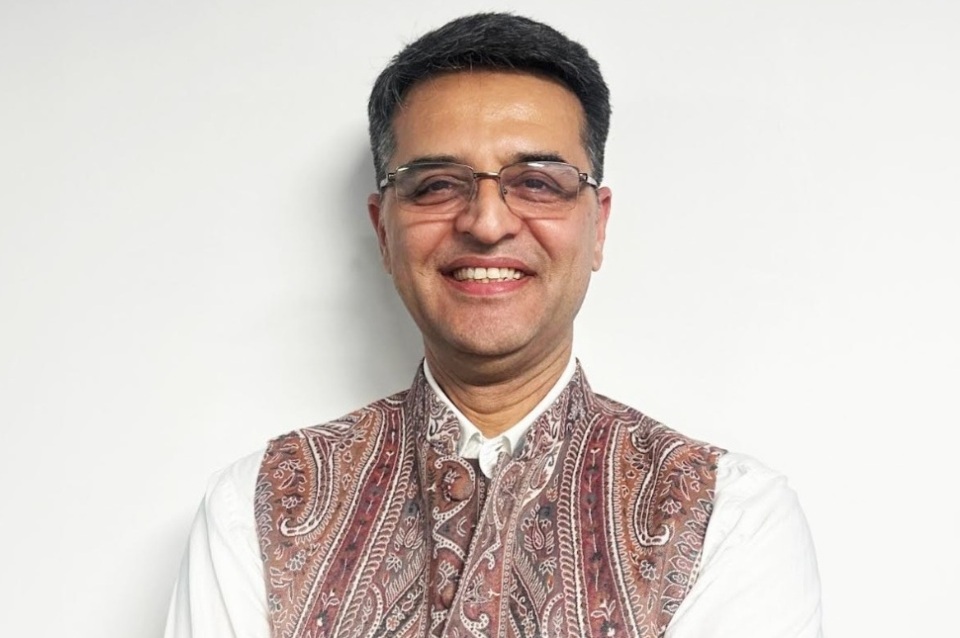
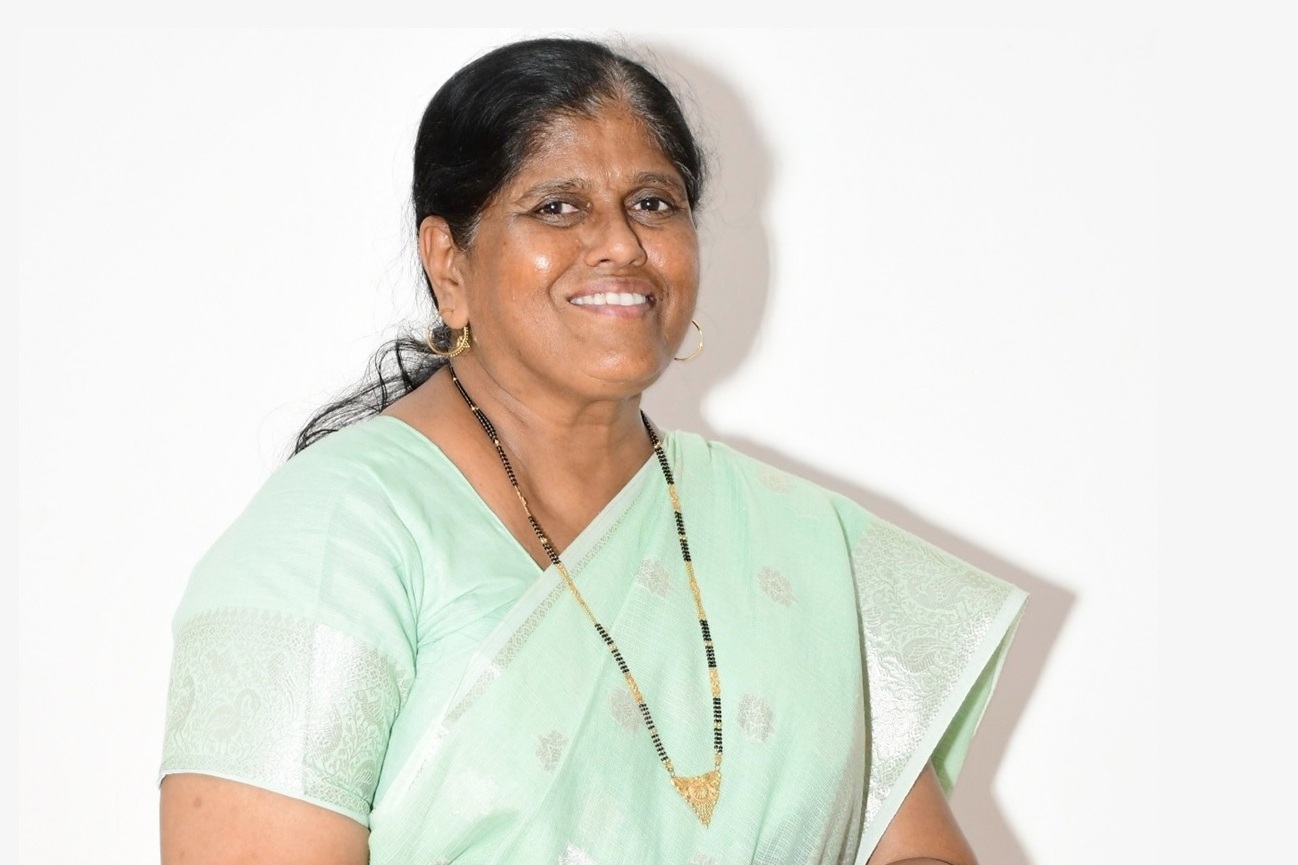



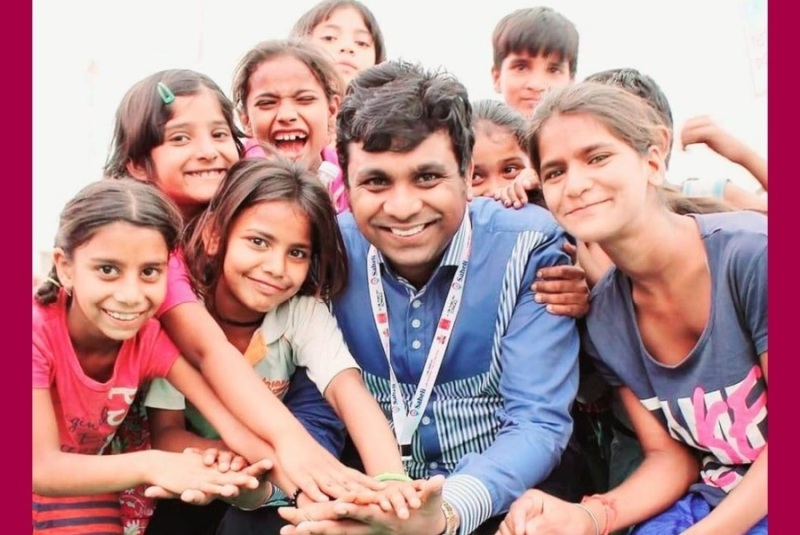
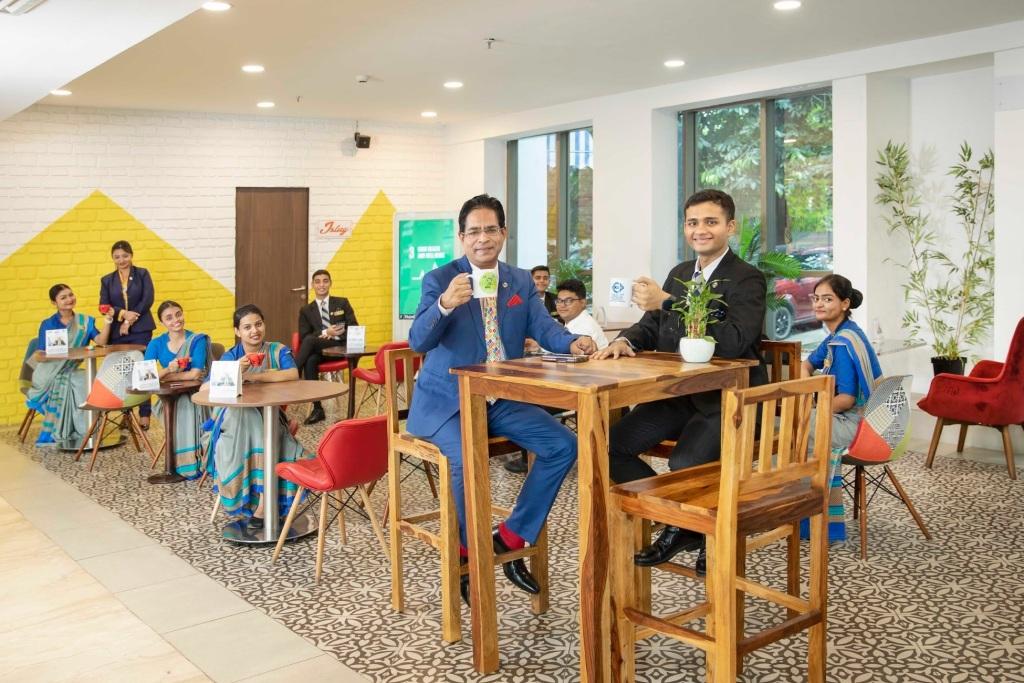

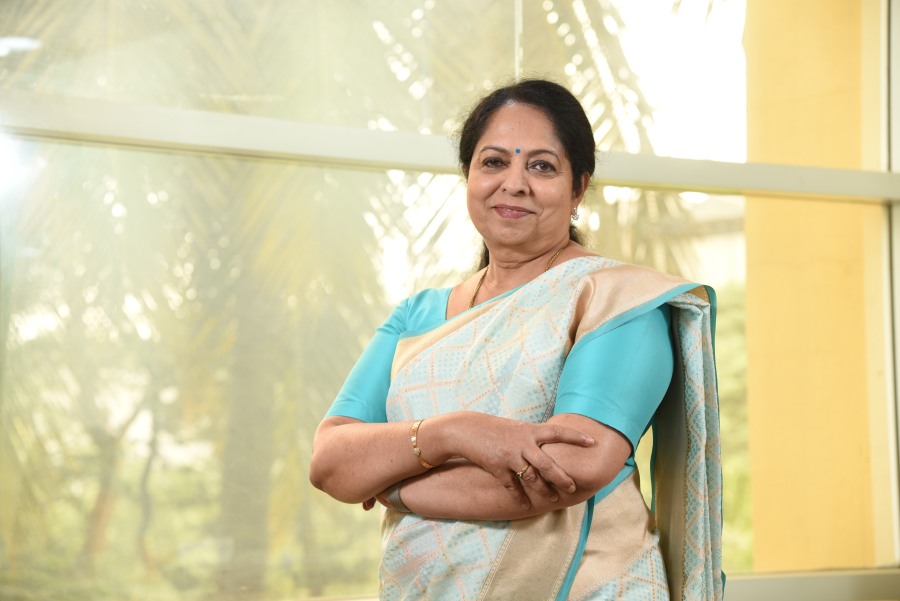
.jpg)
